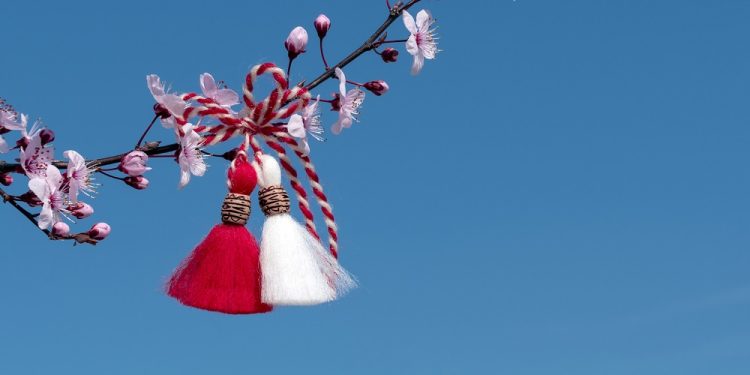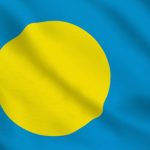
Baba Marta
Baba Marta, also known as Grandma March Day and Birch Month, is a holiday celebrated on the first day of March in Bulgaria. This holiday is one of the oldest pagan traditions in Christian Europe and doesn’t usually receive much attention outside Bulgaria. On this day, it is traditional for people to wear red and white string gifts that are usually in the shape of a bracelet or an ornament that can be worn by a man. It is a day when people celebrate the end of winter and the coming of spring.
History of Baba Marta
While no one knows exactly the origin of Baba Marta, it is known that it dates back centuries—perhaps even millennia. Some people have even speculated that it may go all the way back to Ancient Greece or Rome. Regardless of its origin, it is probably one of the ancient traditions that formed on the Balkan Peninsula and is likely related to ancient agricultural cults.
While the truth behind this holiday may be hidden in the mists of time, there are quite a few legends surrounding its origin. In one legend, Granny March (Baba Marta) is seen as a woman who is a little bit off her rocker. One minute she’s happy and the next she’s very angry, which would be fine if her temperament didn’t directly influence the weather. When she is happy, the sun comes out, the winds are balmy, and the skies are blue. When she is angry, the skies become overcast, the wind grows cold, and winter lasts much longer. According to this legend, Baba Marta won’t visit a person’s house unless it is clean. If it isn’t clean, then she won’t come, and winter will stick around.
Like the holiday itself, the tradition of wearing red and white is buried in folklore as well. In some myths, this tradition has been attributed to the god Mars, otherwise known as Ares by the Greeks. In ancient times, Mars was the god of war but also the guardian of spring. During the many wars fought by Bulgarians, women would give their husbands red and white strips of cloth to tie around their wrists for protection. It is said that the color white represents the pale face of the woman the soldier is leaving behind and the color red represents the soldier’s blood.
Baba Marta Customs & Traditions
It is customary for families to clean out their homes in late February, before the arrival of March. This is so Baba Marta will come and bring spring with her. It also represents the cleaning out of everything that is “old” and the ushering in of things that are “new.”
It is also customary for people to fashion red and white strings together and give them to each other. These red and white personal decorations usually take the form of bracelets and are called martenitsi. The colors are said not only to be a wish for prosperity during the coming year but also a wish for the recipient to have good health throughout the year. Traditionally, a person is supposed to wear these charms until they either see a tree in bloom or see a stork. Sometimes, when Baba Marta is over, people will tie these string bracelets to birch trees.
Sometimes Bulgarians celebrate this holiday by having a feast to usher in spring. These feasts can include traditional Bulgarian foods such as chicken with cabbage or rice, roasted potatoes, roasted beans, pork with rice or cabbage, peppers börek, mish-mash, stuffed courgettes, Kavarma, Plakiya, Kapama, and Drusan kebab. Baba Marta tables may also be decked out with a variety of cold cuts, which include Elenski but, Pastarma, and sujuk; soups and stews, which include Bob chorba, Ribena chorba, and Zelenchukova supa; and grilled foods such as pork steak, chicken, or grilled fish.








